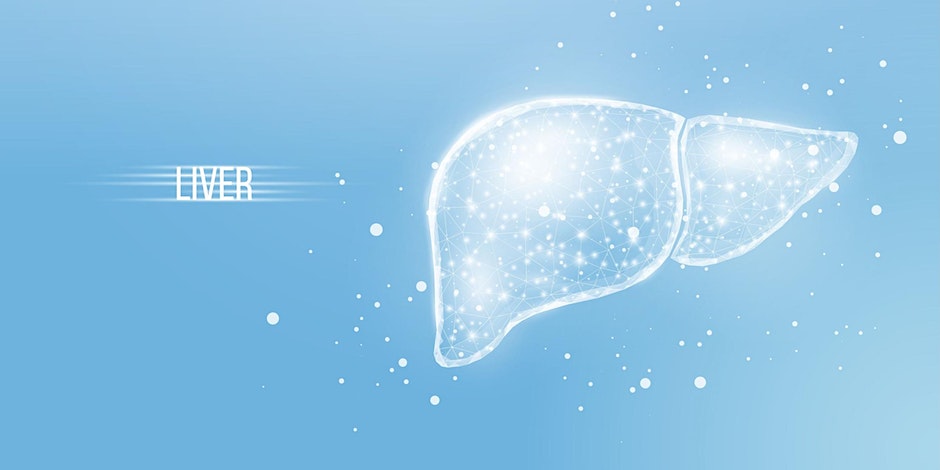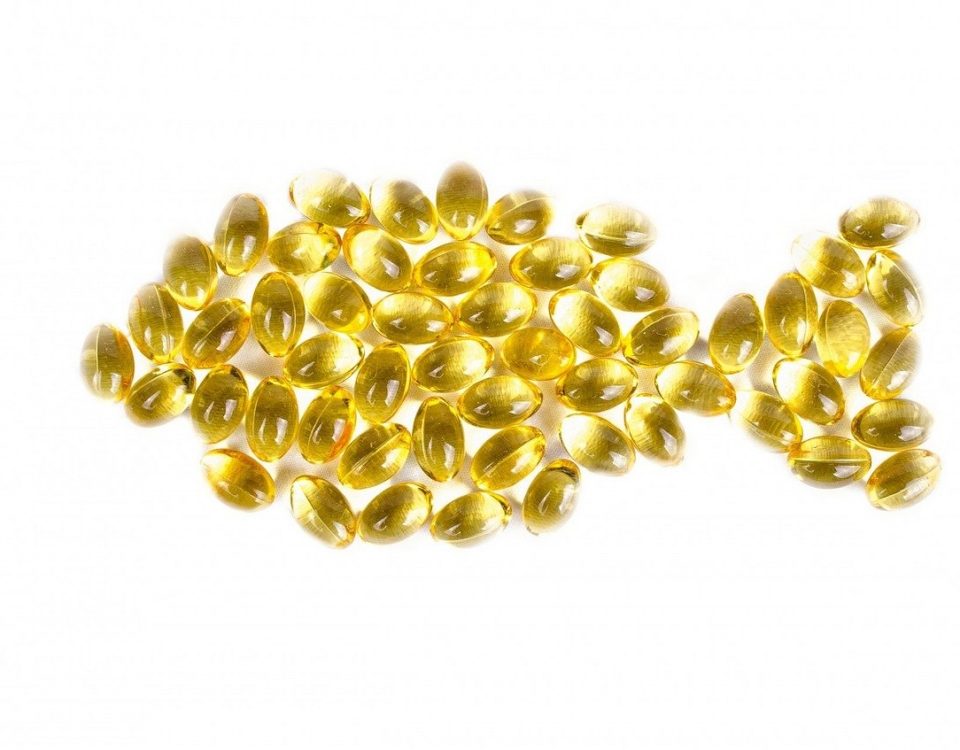Osteoarthritis and the “Metabolome” - Improving the health of your joints
We understand that osteoarthritis involves the degradation of the cartilage of the joint involved. There is inflammation in the fluid of the joint (called the synovial fluid). Eventually this inflammation causes the bones to start to remodel too, the surface of the bone starts to become irregular and sometimes even bony projections called osteophytes develop in areas where the bone surface has been damaged. This process can happen in the knees or the joints of the fingers or the spine, really any joint where two or more bones come together. It is estimated that 30-50% of people in the US > 65 years of age suffer from symptoms of osteoarthritis. We know age is a major risk factor for osteoarthritis but that is only part of the picture.
Why does this happen? Common thinking says well, the cartilage just wears out. This may be true for certain phenotypes (or “flavors”) of osteoarthritis where there has been trauma to the joint. There are other phenotypes of osteoarthritis that have more to do with the underlying inflammation in the body. In some cases, here is building evidence that this underlying inflammation is connected to the metabolic health of the individual. Other possible sources of inflammation include the health of the gastrointestinal system, hormonal balance, nutrient deficiencies, chronic infections and even environmental toxins. We will focus our attention in this article on the connection between metabolic health and the joint pain of osteoarthritis.
Judy, a 58 year old with chronic knee pain and findings of moderate osteoarthritis on her x-rays noticed that when she altered her eating patterns her joint pain would improve. Her weight did not change drastically so it was not related to the amount of pressure on the joint. There were no changes to her medications. In the period of 30 days of dietary change why did her pain become so much less? In fact she notices when she has a day where she veers off her food plan, she gets a flare of her knee pain and even some swelling! What is happening in this scenario? The answer lies in her metabolic health and blood glucose regulation.
Our “metabolome” or the biochemical products of our digestion of protein fats and carbohydrates one meal at a time can either be inflammatory or well, not. We have long known through population level studies that there is a high correlation between Diabetes and Osteoarthritis. We have not fully understood the mechanisms until recent years. Fluctuations in blood glucose can drive inflammation in the joints, especially joints that have had some prior damage that has accumulated over time, hotspots if you will.
AGEs and RAGEs
Advanced Glycation Endproducts commonly known as AGEs appear to be involved in degradation of cartilage. AGEs are consumed but some are created in the body as well. Proteins, fats and nucleic acids (building blocks of protein) react with sugars and form AGEs. These AGE compounds then bind to receptors in the body called RAGEs (Receptors for Advanced Glycation Endproducts) which sets off biological changes. It turns out these receptors are found in the joints and can stimulate the chondrocytes to be “catabolic” or break down cartilage. Unfortunately, the standard American diet is full of AGEs which stimulate our RAGEs and the biological effects are not just in the joints, but can be in the brain, the cardiovascular system and more contributing to the big chronic diseases associated with aging- including cognitive decline, heart disease and even cancer. In the case of our patient Judy, she likely reduced her short term AGE burden with her diet changes given how quickly her symptoms would wax and wane.
Reducing our AGE burden
We can reduce our AGE burden through lifestyle. The following interventions have been shown to reduce AGEs in the body pretty quickly in fact.
Reduce High Glycemic Foods and Monitor Blood Glucose
Elevated blood glucose leads to increased AGEs. We want to keep the fasting glucose ideally less than 85-90 mg/dL. We also want to avoid big 50-60 point swings in blood glucose with eating as is often seen in prediabetes and diabetes. Many people are unaware of how food is affecting their blood glucose but these days it is easily measurable with a continuous glucose monitor.
Avoid foods with processed carbohydrates and sugars along with fried foods. This rule alone will help reduce AGEs
Do not Smoke
Components of cigarette smoke react with our body’s proteins similarly to AGEs. Aside from the cardiopulmonary risks, cigarette smoking has been linked to cartilage loss and joint pain.
Exercise Regularly
Moderate exercise has been shown to reduce AGEs. In fact, often patients will report less joint pain when they exercise regularly which may seem counterintuitive if you are stuck on the “wear and tear” model of osteoarthritis.
Food Preparation
Avoid burned or charred foods and meats cooked at very high temperatures as these are exogenous sources of AGEs. Try to consume raw, boiled or steamed foods more often than grilled, or roasted.
Phytochemicals
Select phytonutrients have been studied in vivo and in vitro (mostly animal models) to reduce AGEs. Cinnamon, garlic, soy and turmeric are just a few of the common foods that may be helpful in reducing AGEs. Antioxidants found in fruits and vegetables in general may be helpful. I would even recommend that if you are consuming a food known to have AGEs, consider having it with a side of steamed broccoli sprinkled with a drizzle of olive oil and garlic.
Supplement forms of the active phytochemicals from foods may also be helpful for example glucoraphanin from broccoli sprouts and berberine but like anything else, you can not supplement your way out of a not so great diet. Food is always first.
Pharmaceuticals
Metformin has been shown to reduce AGEs by way of reducing glucose production in the liver and reducing insulin resistance. This makes sense as it helps to stabilize blood glucose. We often use metformin as part of our weight reduction protocols (off label) when metabolic dysfunction or prediabetes is a factor and often when there is a diagnosis of diabetes. It is hard to say if the pain of osteoarthritis is less as often this is combined with lifestyle changes too. There are observational studies and animal studies suggesting that there is a reduction in osteoarthritis with metformin.
Osteoarthritis- do you have this metabolic phenotype?
If you have been diagnosed with osteoarthritis or just suffer from stiff joints and aches and pains and want to see if AGEs are part of your joint health story, I would recommend trying a minimally processed whole foods diet. Try to eat more veggies and fruits and remove all flours and sugars for a period of time and see if you notice a difference – that is what Judy did. She just started shifting her diet and after a few weeks noticed almost immediately that her knee pain was less. Even more shocking, she had a day where she did go back to eating refined flour and sugar in higher quantities and the very next day she noticed swelling and pain in her knee. Not all osteoarthritis is amenable in this way but given the prevalence of obesity, and metabolic dysfunction and blood glucose dysregulation in our country, my guess would be that many people would have less pain and disability by reducing their AGE burden.
References:
Wei, G., Lu, K., Umar, M. et al. Risk of metabolic abnormalities in osteoarthritis: a new perspective to understand its pathological mechanisms. Bone Res 11, 63 (2023).Dickson, B.M., Roelofs, A.J., Rochford, J.J. et al. The burden of metabolic syndrome on osteoarthritic joints. Arthritis Res Ther 21, 289 (2019).
Courties A, Berenbaum F, Sellam J. The Phenotypic Approach to Osteoarthritis: A Look at Metabolic Syndrome-Associated Osteoarthritis. Joint Bone Spine. 2019 Nov;86(6):725-730.
He CP, Chen C, Jiang XC, Li H, Zhu LX, Wang PX, Xiao T. The role of AGEs in pathogenesis of cartilage destruction in osteoarthritis. Bone Joint Res. 2022 May;11(5):292-300.





